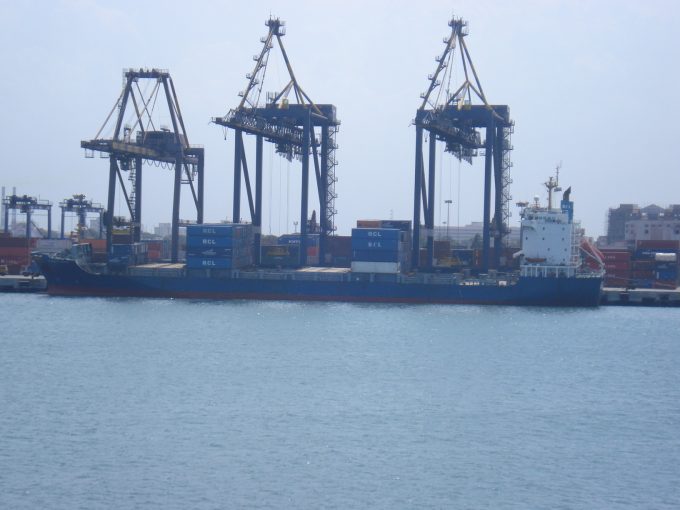Schedule reliability on the rise despite European port congestion
Despite ongoing reports and warnings of worsening port congestion levels in North European ports, container ...

Global container supply chains could be facing an unprecedented congestion crisis, as isolated hotspots of boxes pile up at ports, and container freight stations expand and spread.
As news this week emerged of huge backlogs of containers building up at key Indian gateways such as Nhava ...

Comment on this article
Muhammad Humayoun KABIR
April 12, 2020 at 8:44 amPeople’s would be faced hardships and difficulties when the work will be starting due to clear this congestion, we have no alternative solutions about this issue.
David Vincent
April 12, 2020 at 11:04 amI know whats going to happen next. God help us all.